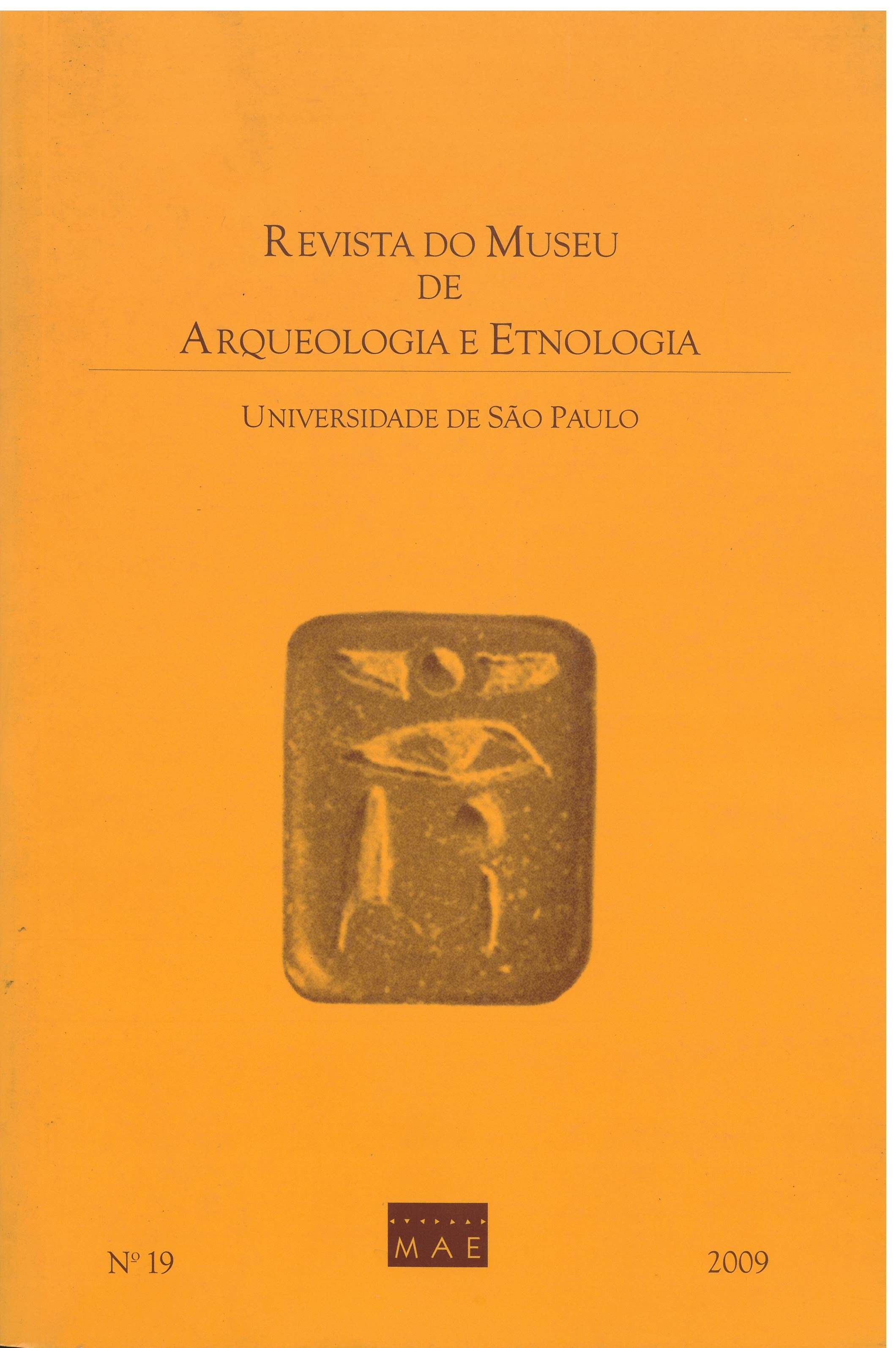The logical reasoning and the logic of the reasoning in archaeological research
DOI:
https://doi.org/10.11606/issn.2448-1750.revmae.2009.89867Keywords:
Geoarchaeology, Archaeology, Research methodologyAbstract
The text uses logical reasoning and the logic of reasoning to establish the relation between the characterization of the research area and the techniques to be used, worked out in laboratories and offices, with the information collected in the field. For this, two small Hydroelectric Plants case studies, in the State of Goiás, are presented. Their field information had provided changes in some methodological procedures and, mainly, in the contextualization involving the cultural vestiges and the characteristics/dynamic of the areas. Some assumptions on the scientific methodology are brought into the discussion, emphasizing the necessity of the researcher knowing different research techniques and, amongst these that one that best fits the project aims.Downloads
Download data is not yet available.
Downloads
Published
2009-12-17
Issue
Section
Articles
License
Copyright (c) 2009 Julio Cezar Rubin de Rubin, Marcos Antonio da Silva, Rosiclér Theodoro da Silva

This work is licensed under a Creative Commons Attribution-NonCommercial-NoDerivatives 4.0 International License.
How to Cite
RUBIN, Julio Cezar Rubin de; SILVA, Marcos Antonio da; SILVA, Rosiclér Theodoro da. The logical reasoning and the logic of the reasoning in archaeological research. Revista do Museu de Arqueologia e Etnologia, São Paulo, Brasil, n. 19, p. 13–20, 2009. DOI: 10.11606/issn.2448-1750.revmae.2009.89867. Disponível em: https://www.journals.usp.br/revmae/article/view/89867.. Acesso em: 18 may. 2024.













